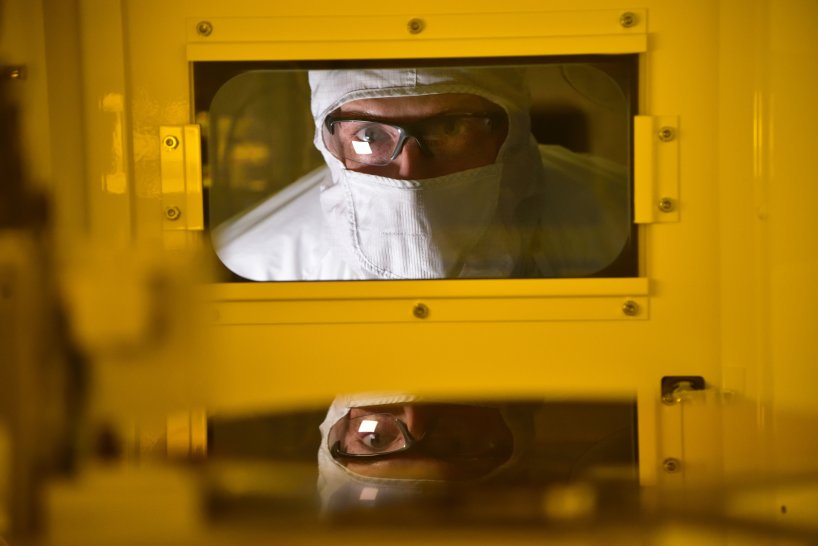Raptor Lake: Core i9-13900K in user benchmark with Ark A770: 24 cores confirmed?


Raptor Lake appeared in the User Cenchmark – the 24 cores suggest a Core i9-13900K, but the clock is still too low for that.
Apparently, the tests are already taking place with Raptor Lake and Alchemist – the code names stand for the 13th generation of the core processors and the first generation of the new Xe graphics cards for desktop. While the Raptor Lake CPU is not yet recognized by the database, the GPU is an Arc A770.
When it comes to the processor, the assumption is that it is the top model: it was already said to have the same number of P cores as in Alder Lake and twice the number of E cores. That would be possible with the reported 24 cores – so we would be looking at the Core i9-13900K. This is made up of 8 P cores and 16 E cores; makes a total of 32 threads. That had already been leaked in advance and also a performance expectation of 8 to 15 percent more than the predecessor.
The use of 32 GiByte DDR5-4800 is also reported, although it is expected that slightly faster modules will also be supported. AMD already wants to offer DDR5-5200 for Ryzen 7000. On the other hand, there shouldn’t be many fundamental changes to Raptor Lake. The clock rates can come from an engineering sample and would not be final: 2.4 GHz base and 4.6 GHz boost clock seem rather unusual in the constellation and would perhaps fit a T-CPU. The benchmark values should therefore not be taken too seriously; in practice, the world is likely to look very different anyway.
It is assumed that Raptor Lake will be presented at the end of September/beginning of October and will go on sale fairly soon. The K models will probably only start again, together with the Z790. The smaller models will probably only be presented at CES and then start in early 2023 with the cheaper PCHs. And surprisingly there will be HEDT again, but then more with a focus on workstations and small servers.
Source: user benchmarkvia twitter (@TUM_APISAK)
Reference-www.pcgameshardware.de